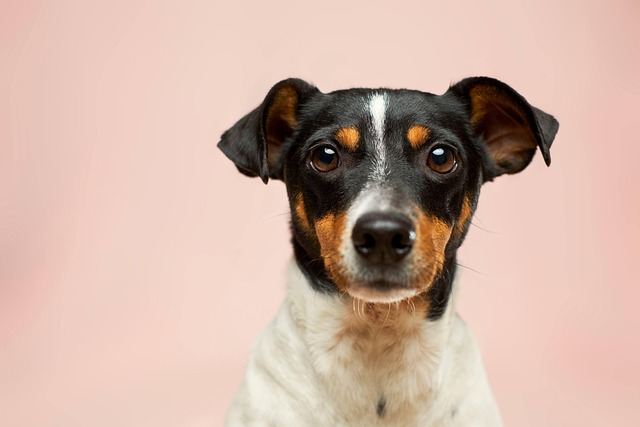
What are the complications of Cushing's disease in dogs?
Cushing's disease in dogs often flies under the radar until subtle symptoms snowball into bigger issues, and many owners don’t realize how it can ripple through their pet’s health.
Canine parvovirus doesn’t need direct contact to move between dogs—often, it hitches rides on things owners handle every day. A single contaminated shoe that stepped in an infected dog’s stool can carry the virus into your home, where your puppy might lick it off the floor. Even shared water bowls at dog parks or grooming tables can hold the virus for weeks, since it resists most common cleaners.
Many owners don’t realize how easily the virus sticks to fabrics, too. A dog bed borrowed from a friend with a sick pup, or a towel used to dry a stray, can introduce parvovirus to your pet. This is why vets in areas like California and Ontario often remind owners to sanitize gear with bleach-based products after visiting public dog spaces—simple steps that align with local pet health guidelines.
Puppies under six months are the most at risk, and their curiosity makes them easy targets. A tiny pup sniffing a patch of grass where an infected dog relieved itself can pick up enough virus to get sick. In places like Florida, where warm weather keeps the virus active year-round, local ordinances sometimes require puppy classes to be held in sanitized indoor spaces to cut down on spread.
 Wildlife can also play a role, though it’s less common. Raccoons or foxes with parvovirus might leave droppings in yards, and dogs that eat or sniff those droppings can catch the virus. This is why some cities in the UK advise keeping unvaccinated puppies on leashes in wooded areas—following these rules isn’t just about compliance, but about keeping your pet safe.
Wildlife can also play a role, though it’s less common. Raccoons or foxes with parvovirus might leave droppings in yards, and dogs that eat or sniff those droppings can catch the virus. This is why some cities in the UK advise keeping unvaccinated puppies on leashes in wooded areas—following these rules isn’t just about compliance, but about keeping your pet safe.
Vaccination is the best defense, and it’s not just a recommendation in many places. In parts of Europe, like Germany, proof of parvovirus vaccination is required before a dog can be registered. Even in places without strict laws, vets stress that keeping vaccines up to date is the most reliable way to stop the virus from spreading through communities.
Understanding how parvovirus spreads helps you protect your pet and follow local rules. By sanitizing gear, avoiding high-risk areas with unvaccinated puppies, and staying on top of vaccines, you’re not just keeping your dog healthy—you’re also doing your part to keep public spaces safe for all pets. Small, consistent steps make a big difference in stopping this tough virus.

Cushing's disease in dogs often flies under the radar until subtle symptoms snowball into bigger issues, and many owners don’t realize how it can ripple through their pet’s health.
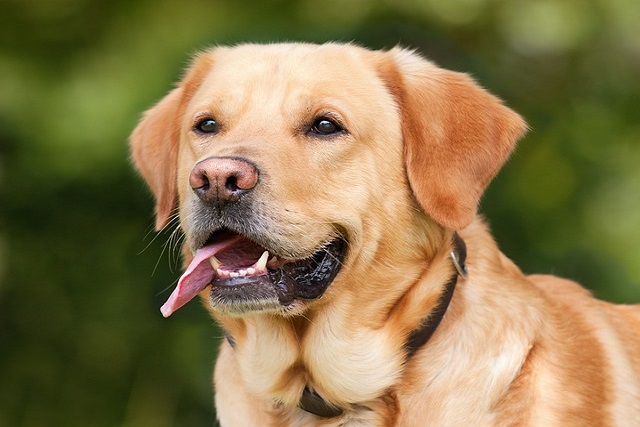
I stood with my friend Jake in a Denver pet store last weekend, where he held two bags of dog food—one labeled “grain-free” for $80, the other with whole wheat for half the price
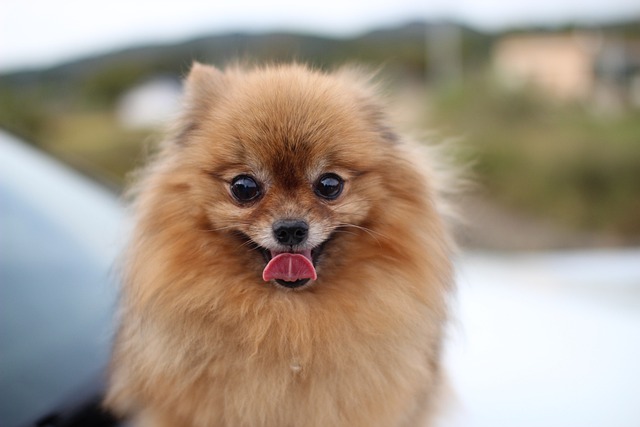
I stood with my friend Carlos in his Phoenix driveway last July, panic rising as his 4-year-old Golden Retriever, Buddy, collapsed on the concrete
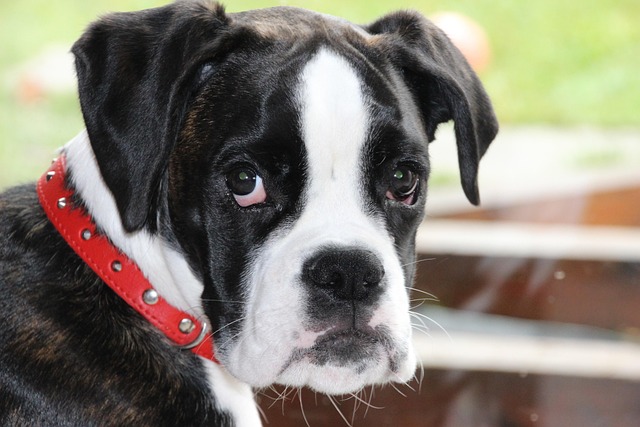
Itchy skin in dogs often gets brushed off as a minor annoyance, but it can signal underlying vitamin gaps. One common culprit is vitamin A deficiency—this nutrient keeps skin cells healthy and helps maintain the outer protective layer.
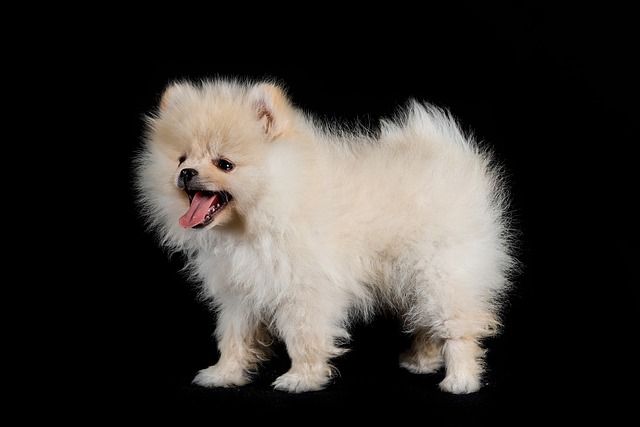
I sat with my friend Sarah on her Portland apartment floor last week, watching her 2-year-old Poodle mix, Milo, scratch his belly until the fur turned patchy
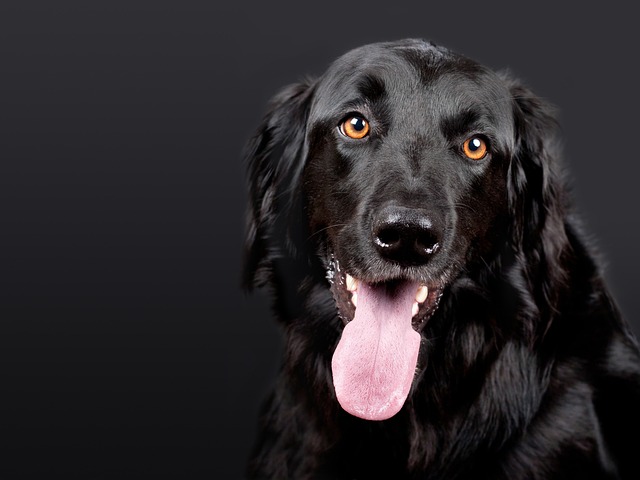
When your dog starts coughing more than usual or seems to struggle with every breath, it’s easy to feel worried—and for good reason.